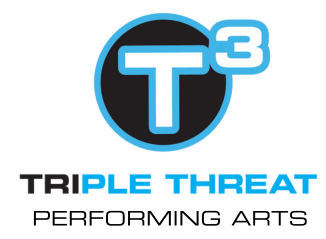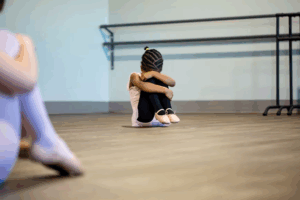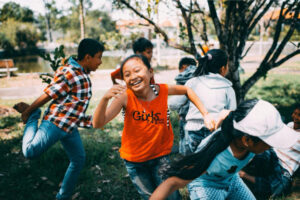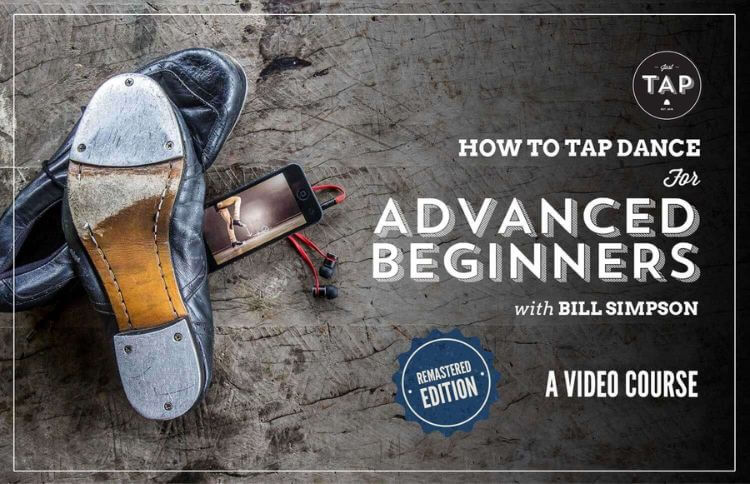
For your young performer, taking to the stage can be both exciting and nerve-wracking. They may feel butterflies in their stomach, sweaty palms, or trembling knees. It’s normal for your child to feel nervous before a performance, but that doesn’t have to ruin the experience. With the proper techniques, your child can learn to manage stage fright, reduce performance anxiety, and step into the spotlight with confidence.
Helping your child stay grounded can make a significant difference, whether they’re in theater, music, dance, or public speaking. In this blog post, you’ll discover proven strategies to help your performer manage nervousness, support their physical and mental well-being, and feel empowered before, during, and after their time on stage.
What Is Stage Fright? Breaking Down Performance Anxiety
Stage fright, also known as performance anxiety, is the fear or nervousness that comes with being in front of an audience. Your child may experience it both physically and mentally — from a racing heart and shaky hands to a dry mouth and negative self-talk. Even experienced performers sometimes feel nervous before a live show.
The first step to helping your child overcome this fear is recognizing that stage fright is a natural and manageable condition. With the right support and regular practice, your young performer can learn to channel those nerves into enthusiasm and excitement.
Techniques to Deal with Stage Fright and Nerves
Providing young performers with real-world tips for managing stage fright is the first step in helping them address both the physical and emotional aspects of performance anxiety. Here are some specific ways to manage anxieties and prepare your body and mind for success.
Breathing exercises to calm the body
Breathwork is one of the quickest ways to relax the body and bring the nervous system back into balance. Teaching actors how to breathe deeply can help them calm down rapidly.
Box Breathing: Breathe in for 4 seconds, hold for 4 seconds, breathe out for 4 seconds, then hold again for 4 seconds. Do it a few times. This strategy helps soothe both bodily and emotional reactions.
Breathing in for 4-7-8: Breathe in for 4 seconds, hold for 7 seconds, and then breathe out for 8 seconds. This extended exhale triggers the body’s relaxation response, which helps alleviate stage fright before going on stage.
Grounding Techniques to Anchor in the Moment
Staying grounded helps young performers stay focused rather than letting their minds drift into worst-case scenarios.
The 5-4-3-2-1 method:
- List five items you can see
• Four things you can feel
• Three things you can hear
• Two things you can smell
• One thing you can taste or think you can taste
This method helps calm nerves and keeps the performer focused on the present.
Use visualization to boost your child’s confidence
Visualization is a powerful mental tool that can help your child practice achieving success. When you encourage them to picture a smooth, confident performance, you’re training their brain to react more positively.
- Encourage your child to imagine walking onto the stage with confidence.
- Encourage them to visualize staying calm if they make a mistake.
- Have them picture the applause and sense of accomplishment at the end of the show.
These visualization techniques can ease your child’s anxiety before a performance and help create a more positive inner script.
Power posing and confidence anchors
Helping your child stand tall and project confidence can make them feel stronger and less anxious before stepping on stage.
Power Pose: Encourage your child to stand like a superhero—feet apart, hands on hips, chin lifted. Holding this posture for two minutes before going on stage can give them a boost of confidence and help reduce stage fright.
Anchor of Confidence: Teach your child to create a simple physical cue, such as tapping two fingers together, while recalling a moment when they felt proud or successful. When nerves set in, repeating this gesture can help them reconnect with that confident feeling.
Practice talking to yourself and rehearsing in front of a mirror
Practice is essential, but how your child practices matters just as much. Encourage your young actor to rehearse in front of a mirror so they can become more aware of their facial expressions, posture, and delivery.
Positive Self-Talk:Teach your child to use affirmations such as
- “I am ready.”
- “I’ve practiced, and I’m prepared.”
- “It’s okay to be scared. I can still do well.”
By helping your child notice when negative thoughts arise and guiding them to replace them with positive affirmations, you give them the tools to build emotional resilience and confidence on stage.
Taking care of your body and mind
It’s not just about how well your child performs on stage; it’s also about how well they take care of themselves off stage. Supporting your child’s physical and emotional well-being prepares their body and mind to do their best.
Food and Water: Make sure your child drinks plenty of water and eats light, healthy meals before performing. Encourage them to avoid sugary snacks and caffeine, since those can increase anxiety.
Sleep: Help your child get enough rest in the days leading up to their performance. A well-rested body and mind are better prepared to handle the pressures of the stage.
Stretching and Movement: Guide your child through gentle stretches to keep their body flexible and release tension before going on stage.
Day-of-Performance Strategies
On performance day, routines and familiarity can make a huge difference in helping your child manage anxiety. A clear plan allows them to stay focused and feel more in control.
Establish a Pre-Show Ritual Encourage your child to develop a consistent pre-show ritual. This routine reduces nerves and signals to their body that it’s time to perform. Examples include:
- Doing a vocal or physical warm-up
- Reciting a positive mantra
- Listening to a calming playlist
- Practicing breathing or grounding exercises
Arrive Early Bring your child to the venue ahead of time so they can adjust to the stage environment, test equipment, and avoid last-minute stress. Early arrival also gives them space to move through their rituals without feeling rushed.
Designate a Calm Zone If possible, create or find a quiet space backstage where your child can decompress, breathe, and reset before going on stage. Even a few minutes in a low-stimulation environment can greatly reduce anxiety.
Use a Visual Focus Point Looking directly at the audience can feel overwhelming. Encourage your child to choose a visual focal point just above the audience or on a familiar set piece. This strategy helps reduce nerves and keeps their focus steady.
Gradual Exposure and Real-World Practice Confidence develops over time, and easing your child into performance gradually can make the process less intimidating. You can support them by:
- Rehearsing alone at home
- Performing for close family members
- Expanding to a few friends
- Gradually moving to larger groups and live audiences
This step-by-step approach helps your child gain confidence while learning to manage stage fright in manageable stages.
Join a Supportive Arts Program
A nurturing, structured program can make all the difference in helping young performers thrive. At T3 Triple Threat San Diego, our calm stage masterclass empowers performers to manage stage fright, reduce anxiety, and build skills for the stage and life. Through training, community, and encouragement, we help performers develop both their talent and confidence.
Encouraging Students to Embrace Nerves
Instead of trying to eliminate nerves, help performers reframe them:
- Nerves mean you care
- Some anxiety is normal—even helpful
- Butterflies can be harnessed into focused energy
Accepting the inevitable flutter butterflies of live performances helps normalize the experience and reduce shame or fear.
Empowering the Whole Performer
Actual stage readiness isn’t just about what happens during the performance; it’s also about what happens before and after the performance. It includes preparation, emotional regulation, mindset, self-care, and ongoing support. Here’s a recap of the most effective strategies to help performers shine:
- Deep breathing and grounding
- Visualization and positive self-talk
- Mirror rehearsals and power posing
- Structured day-of routines
- Gradual performance exposure
- Emotional and physical self-care
Each of these techniques helps manage stage fright, supports physical and emotional readiness, and encourages young performers to embrace their growth.
Final Thoughts
A performer doesn’t have to let performance anxiety control their experience. With your guidance, your child can learn to manage stage fright and develop the confidence to step into the spotlight through planning, evidence-based strategies, and supportive care. Each performance then becomes not only a show of skill but also a celebration of self-confidence, progress, and the courage to be present.
Helping your child overcome stage fright is one of the most valuable ways you can build their confidence and support their long-term well-being. With the right tools, your child can leave the stage feeling proud—not because they were perfect, but because they were bold enough to try.
As a parent, the best thing you can do is provide your young performer with the tools, space, and encouragement they need to grow, both on and off stage.







